Listen to the article in audio format
What are the benefits of stem cell therapy for disc degeneration? Discover the advantages that stem cell treatments offer in this article.
From chronic pain to reduced mobility, disc degeneration comes with a lot of challenges, all of which will inevitably have a negative impact on your quality of life. And unfortunately, conventional treatments are not always the best solution.
Let’s take a look at pain medications or physical therapy – while they provide some temporary relief by targeting symptoms, they don’t really fix the root cause of the issue. Surgery, on another hand, can be very effective, but it comes with many risks and long recovery times.
This is where stem cell therapy for disc degeneration comes in – an innovative, minimally invasive treatment designed to not only target your symptoms, but actually address the root cause of the issue.
By using highly potent stem cells, it promotes natural tissue regeneration, allowing you to leverage your body’s natural healing processes. It also reduces inflammation and enhances the structural integrity of the damaged disc.
But what are the benefits of stem cell therapy for disc degeneration, and is that solution the right one for you? We will learn more in this article.
How Does Stem Cell Therapy For Disc Degeneration Work?
So, what exactly is stem cell therapy, and how does it work for disc degeneration? To answer this question, we first need to understand what exactly is disc degeneration.
Also known as degenerative disc disease (DDD), it is a condition where the intervertebral discs in the spine lose hydration, elasticity, and structural integrity over time, leading to pain, stiffness, and reduced mobility.
Stem cell therapy for disc degeneration works by harnessing the body’s natural healing abilities to repair damaged spinal discs and reduce inflammation.
To complete the treatment, we will inject stem cells directly into the affected disc, where they release growth factors, stimulate tissue regeneration, and improve disc hydration and elasticity.
What Are The Benefits of Stem Cell Therapy For Disc Degeneration?
So, what are the benefits of stem cell therapy for disc degeneration, and what can you expect from this type of treatment? The good news is – there are many. Let’s take a look:
1. Natural Tissue Regeneration
One of the main benefits of stem cell therapy for disc degeneration is that it doesn’t only target your symptoms – instead, it aims to address the root cause of your condition.
Stem cells actively work to repair and regenerate damaged disc tissue, effectively promoting the growth of new, healthy cells in the damaged area. Once injected into the damaged disc, they release growth factors and cytokines which help to repair tissue.
The goal is to stimulate the body’s natural healing process at a cellular level, restoring disc hydration, elasticity and cushioning, all while improving spinal function.
2. Long-Lasting Pain Relief
Among the key benefits of stem cell therapy for disc degeneration is long-lasting pain relief. Since stem cells aim to address the root cause of the issue as opposed to just masking symptoms, they have the ability to reduce inflammation and alleviate chronic back pain.
As a result, you will notice that the pain that you have been living so long with is starting to go away, more and more as time passes, allowing you to improve your mobility and return back to the activities you love.
Unlike conventional treatments, stem cell therapy doesn’t provide just temporary relief – it works at a cellular level to promote healing and regeneration. This means that you can experience sustained improvement of your condition over time.
3. Low Risk & Minimally Invasive
Surgery can be effective if you are suffering from disc degeneration, but it often comes with a lot of risks – from complications such as infections, to potential damage to surrounding tissues. And we are not even talking about recovery times, which can take up to 12 months.
All of this needs to be factored in when it comes to the benefits of stem cell therapy for disc degeneration. Stem cell therapies tend to be low-risk, since they are typically performed through a simple injection rather than an extensive surgical procedure.
You might experience some side effects following the treatment, such as swelling, stiffness, or mild bruising at the injection site, but they are completely normal, and will go away on their own in a few days.
4. Slows Further Disc Degeneration
Did you know that slowing down further damage is one of the most important benefits of stem cell therapy for disc degeneration? Stem cells strengthen and restore damaged tissue by enhancing your body’s natural healing process.
As a result, they reduce the likelihood of future degeneration, which means that you may avoid the need for invasive procedures like surgery.
Other conventional treatments, such as pain medications, steroid injections and physical therapy don’t have this ability – they focus mainly on masking pain and inflammation rather than addressing the root cause.
In contrast, stem cell therapy works at a cellular level to regenerate damaged tissue and promote long-term spinal health by actively repairing and strengthening the discs.
5. Quick Recovery
Undoubtedly, one of the key benefits of stem cell therapy for disc degeneration is the fast recovery – in most cases, you will be able to return to light everyday activities like walking, driving, and working at a desk. There is essentially no downtime.
In comparison, surgery is significantly more invasive, and because it requires incisions, anesthesia, and significant structural changes, recovery time can be anywhere from 3 months to up to 1 year.
With surgery, you may also need weeks and sometimes even months of physical therapy, which is not the case with stem cell therapy for disc degeneration.
The quick recovery makes stem cell treatments very convenient, especially if you are not able to take much time off work in order to get it.
6. Personalized Treatment
Another must-know benefit of stem cell therapy for disc degeneration is that we customize each procedure based on your condition, as well as the severity of your disc degeneration.
This ensures that the treatment is tailored to your specific needs, maximizing its effectiveness and optimizing your recovery.
By assessing factors such as the extent of disc damage, your overall health, and your lifestyle, we can develop a personalized stem cell therapy plan designed to deliver the best possible results.
At Cellular Hope Institute, we take a patient-centered approach, ensuring that each treatment plan is uniquely crafted to support your healing journey.
Our team of experts carefully evaluates your medical history, imaging results, and individual goals to determine the optimal type and concentration of stem cells for your condition.
7. Improved Mobility & Flexibility
Speaking of the benefits of stem cell therapy for disc degeneration, we can’t forget to mention improved mobility and flexibility. As damaged discs heal, you will probably notice better spinal movement, reduced stiffness, and an increased range of motion.
In addition, as inflammation decreases and pain subsides, everyday activities that once felt difficult—like bending, walking, or even sitting for extended periods—become much easier and more comfortable.
By promoting natural tissue regeneration, stem cell therapy helps restore spinal function, allowing you to move more freely without the limitations of chronic pain.
Are you ready to get started? Book a consultation for your stem cell treatment for disc degeneration today!
FAQ
Is stem cell therapy a permanent solution for disc degeneration?
Stem cell therapy offers long-term benefits for disc degeneration by promoting tissue repair and regeneration, but it may not be a permanent solution in every case.
While it can slow or even reverse degeneration, factors like age, lifestyle, and severity of damage affect longevity. Many patients experience lasting pain relief and improved mobility, but maintaining spinal health through proper care is key.
How long does it take to see results from stem cell therapy?
The timeline for seeing results from stem cell therapy varies by individual, but many patients experience initial improvements within a few weeks as inflammation decreases.
Significant pain relief and mobility gains typically occur within 3 to 6 months, as the stem cells repair damaged tissue. Since regeneration is a gradual process, full benefits may take up to a year, with continued improvements over time.
Does stem cell therapy relieve pain immediately?
Stem cell therapy does not provide immediate pain relief like pain medications or steroid injections. Instead, it works gradually by reducing inflammation and regenerating damaged tissue.
Some patients notice early improvements within a few weeks, but significant pain reduction typically occurs over several months as healing progresses. The long-term benefit is sustained relief rather than a temporary fix.
Am I a good candidate for stem cell therapy?
You may be a good candidate for stem cell therapy if you have chronic back pain from disc degeneration and want a minimally invasive, regenerative solution instead of surgery.
Ideal candidates are those with mild to moderate disc damage, good overall health, and no severe spinal instability. If you’ve tried other treatments with limited success, stem cell therapy could be a promising option for you.
How many treatments are typically needed for effective results?
The number of stem cell therapy treatments needed varies based on the severity of disc degeneration and individual response.
Many patients experience significant improvement after a single treatment, while others may require a second session for optimal results. In most cases, one to two treatments are enough to promote long-term healing, with continued improvements over several months as regeneration progresses.
Will I still need surgery after undergoing stem cell therapy?
In many cases, stem cell therapy can help patients avoid surgery by reducing pain, improving mobility, and promoting disc healing. However, its effectiveness depends on the severity of disc degeneration.
Mild to moderate cases often respond well, but severe degeneration or spinal instability may still require surgical intervention. Consulting with a specialist can help determine the best course of action for you.

